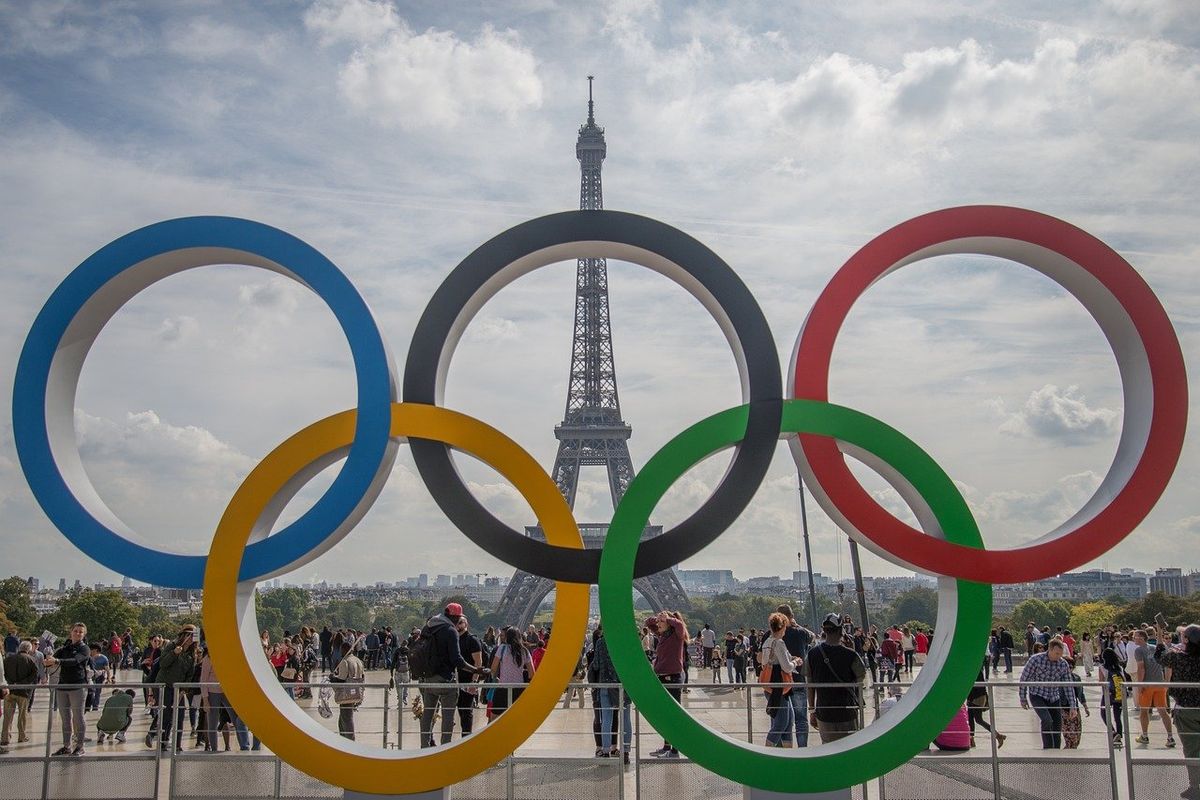4 surprising pop culture moments inspiring the hottest baby names of 2025
From the Drake vs. Kendrick beef to to the Paris Olympics, here's what shaping the newest wave of baby names.

More and more parents are using pop culture to find baby name inspiration.
Once upon a time, we essentially only named babies after royalty, religious icons and other members of the family. Maybe a nature-inspired moniker if we were feeling rebellious.
Nowadays, ideas for baby names come from all kinds of places (cemeteries, anyone?) but it’s becoming increasingly common for parents to use these sort of zeitgeist-y pop culture happenings that come and go in an instant, but become immortal snapshots of a particular moment in history. So babies named after these moments also, in their own way, carry a bit of that story taking place when they were born.
Each fall, BabyCenter reveals insights into the baby name trends for the upcoming year based on data gleaned from the literal hundreds of thousands of parents who register their baby's name on the BabyCenter app.
For 2025, here are some of the biggest (and kind of surprising) influences.
Sports moments, including the Paris Olympics, continue to inform baby name trends.

The Olympics have left France, but parents-to-be are still tapping into their inner Parisian. Both the boy name Raphael and girl name Louise rose up considerably in rank, as well as Beaux, Remi, Gustavo, Elodie, Arlette and Jolie.
Also, as Women’s basketball continues to set record viewership numbers, names inspired by female basketball players, like Catilin Clark Kamilla Cardoso and A'ja Wilson are gaining popularity.
Similarly, the Super Bowl LVIII becoming the most-watched program in American TV history ignited a wave of Chiefs-themed named like Creed (think Creed Humphrey, a Chiefs center) and Isiah (as in Isiah Pacheco, Chiefs running back)
Travis, as in Kelci, also gained traction. But that could easily be Taylor Swift’s hold on the world, not football’s.
Speaking of pop stars…
Female singers are dominating the charts—and baby names.

Sabrina Carpenter and Billie Eillish are seeing their first names on the rise. And while thankfully we didn’t see Brat becoming a popular first name, Apple, from a song on the Charlie XCX’s Brat album, did gain favor.
And of course, Taylor’s The Tortured Poet’s Department album helped both Peter and Robin skyrocket as boys’ names.
Meanwhile, Justin Timberlake’s DUI seemingly made the name fall 59 spots in ranking to number 277. Guess the Prince of Pop has lost his crown.
More and more baby names are based on hit television shows

Parents are helping their kids get that “main character energy” with names like Riley (inspired by Inside Out), Carmen (from The Bear), Deborah (as in Deborah Vance from HBO’s Hacks) and Ripley…not after Alien. After Netflix's The Talent Mr. Ripley. Which, considering the man is a grifter and murderer, is a bit odd. But Andrew Scott really is that amazing of an actor.
Lastly, Mother Nature herself is helping parents find their newborn’s name

According to BabyCenter, the solar eclipse this past April brought on a rise in the girl name Sol, which is "sun" in Spanish. Even the name Eclipse itself rose 4,421 spots. For boy names, Orion (after the constellation) climbed to No. 301. How fun to say your baby’s name was literally found in the stars.
And that’s that! There were a few other fun tidbits (which you can find here), but this overview gives a pretty solid look into the new human we’ll be welcoming into the world.

